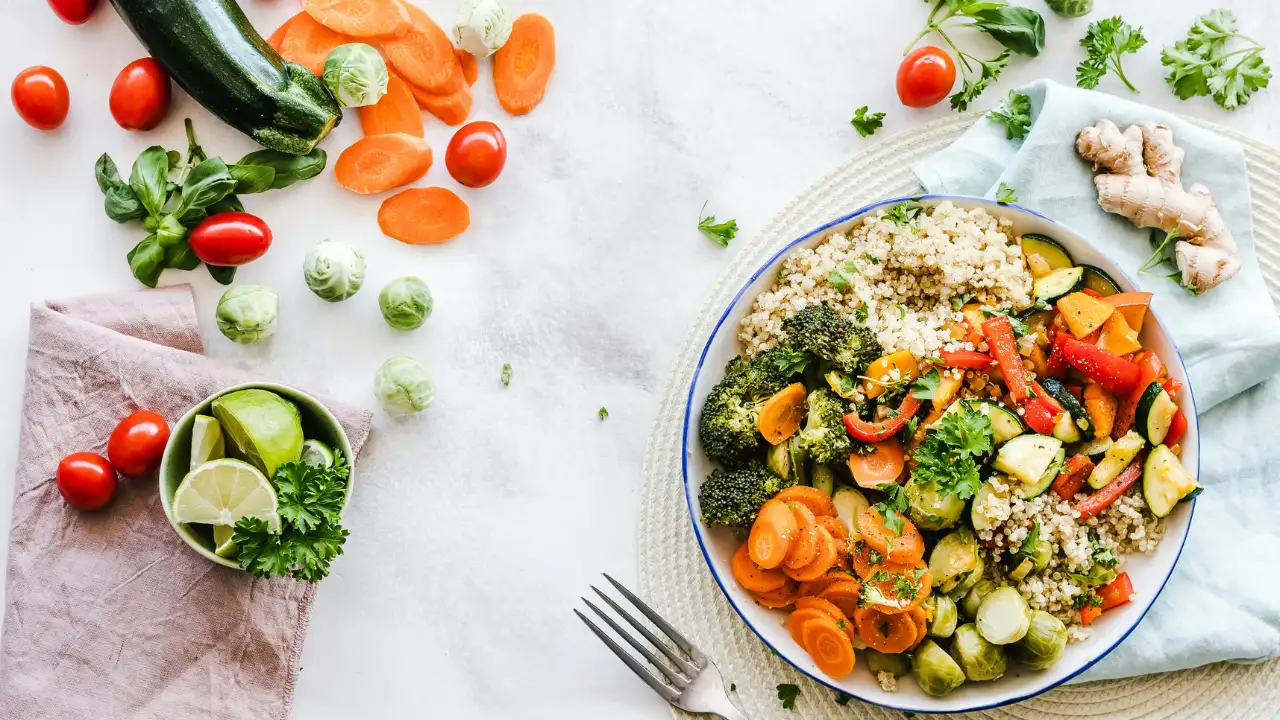
Food Sequencing The Simple Trick to Balance Your Blood Sugar (Credits: Pexels)
Controlling blood sugar isn’t just about avoiding sugar or going low-carb—it also depends on how you eat your meals. That’s where food sequencing comes in. This simple yet powerful technique involves eating fiber-rich vegetables first, followed by proteins and healthy fats, and saving carbohydrates for last. Studies have shown that this specific order can reduce blood sugar spikes after meals, improve insulin sensitivity, and even aid in weight management. It’s an easy, no-cost strategy that fits seamlessly into everyday life, making it a valuable tool for anyone looking to support metabolic health and maintain steady energy throughout the day.
1. Why the sequence matters
Eating fiber-rich vegetables first, count in salad greens, cucumbers, carrots. This creates a gentle barrier in your gut. This slows digestion and delays glucose absorption, reducing post-meal blood sugar spikes
2. Protein and fats next
Next up: proteins (paneer, eggs, chicken, tofu) and healthy fats like olive oil, avocado, or seeds. These nutrients further slow gastric emptying, promote prolonged fullness, and stimulate insulin‑modulating hormones like GLP‑1 .
3. Finish with carbohydrates
Save starches and sugars, rice, bread, potatoes for last. At this stage, their impact on glucose is dampened thanks to the earlier “cushion” of fiber, protein, and fat.
4. Added benefits
- Weight management & satiety: Early fiber/protein eases hunger, reduces cravings, and prevents energy crashes.
- Inflammation reduction: Smoother glucose levels mean less metabolic stress and lower inflammation, protecting overall health
- Better nutrient uptake: Eating fats with veggies boosts absorption of vitamins A, D, E, and K
5. Tips for getting started
- Try a 15–30 minute "preload": a small bowl of salad, yogurt, or nuts like almonds before your main meal. Indian studies found this approach cut sugar spikes by 20–28%
- Use glucose monitoring (if available) to observe the personal impact.
- Don’t over‑obsess—aim for consistency, not perfection.
Food sequencing isn't a fad diet, it’s a simple, zero‑cost tweak you can start today. Whether you're managing diabetes or just want steadier energy, this easy reordering of your plate could be a game‑changer. Embrace smarter eating, one bite at a time.
